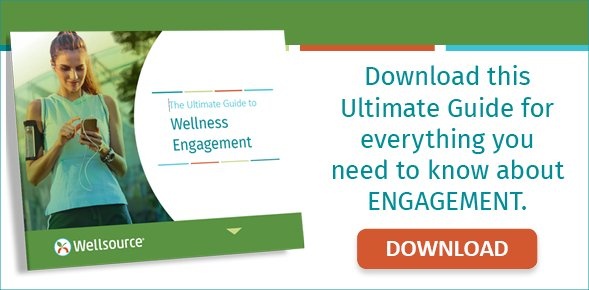Population health professionals are often charged with big-picture tasks. On a macro level, looking at the overall health of an entire population is the job. You're identifying health trends, segmenting populations of people into health intervention programs, and analyzing how to impact the most people with the most effective strategies.
At the same time, the work that drives population health pros is very much individual. It's identifying health risks for a person, and implementing programs to help that person make real changes to their habits and lifestyle to positively impact their health. It's seeing the difference you can make in the life of a single person at a time.
In a lot of ways, this work requires people who can see the forest and the trees. Many population health professionals I’m working with are acutely aware of both population concerns and individual experiences when it comes to wellness programs.
Flipping the perspective, an individual may not see the big picture view of population health — they just know what they are experiencing, and whether it feels right for them. They might not connect behavior directly with health outcomes and might be surprised when they see the results of their health risk assessment (HRA). In truth, some individuals might not understand why they are being asked to complete an HRA or want to know what they are getting into before they start taking it.
So what is it like for an individual who is asked to take an HRA?
We created a video example of how an individual might experience taking a Wellsource HRA. In this example, Jessica has been encouraged to take an HRA as part of her company's program. Follow Jessica's experience as she completes the assessment — from work, from a coffee shop, on her mobile device, and on her desktop — and see what she learns along the way.
In my conversations with population health professionals, end-user experience is top of mind. And that’s an area we’ve worked hard to ensure our products to serve our clients and their populations best. Some examples of the ways we cater to the end user of our HRA:
- Ease of use: Our HRA is available at any time, any day of the week. Participants can access their HRA, reports, and self-management tools whenever it’s convenient for them. If you don’t have time to finish the HRA in one go, you can end your session and pick up where you left off without missing a beat.
- Accessible: Our HRA can be completed on a desktop, mobile device, or paper. It’s written in plain language, adheres to web content accessibility guidelines, and is routinely tested for usability.
- Personalized: Wellsource HRAs use branching logic to guide participants through an intuitive and interactive question set. Users only see the questions that are relevant to them, which makes for higher completion rates.
Are you interested in learning more about engaging your population using HRA data? Visit our ultimate guide to engagement to learn more about the strategies and outcomes of a more engaged population.








